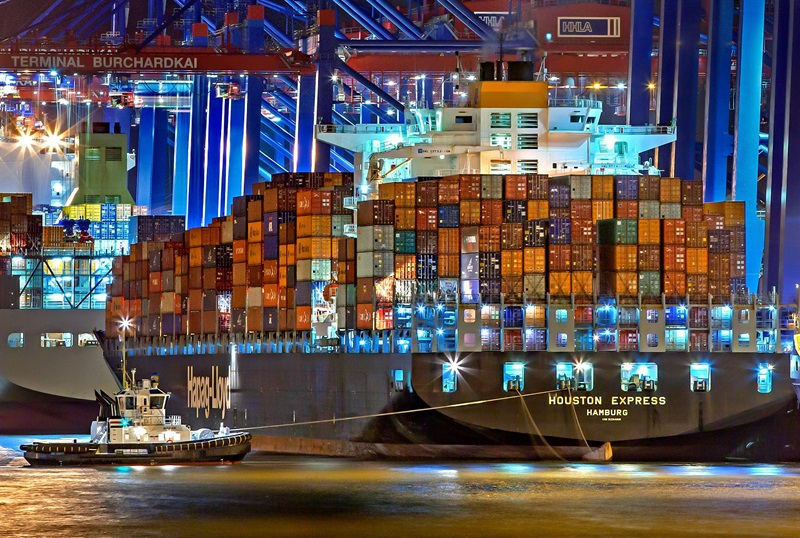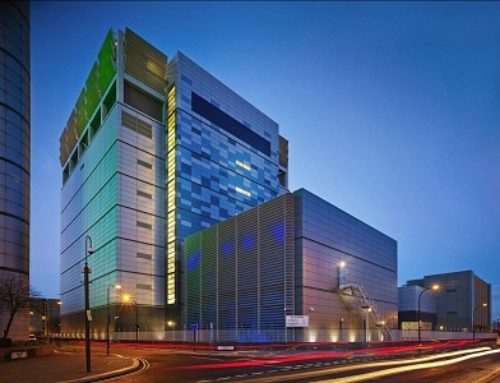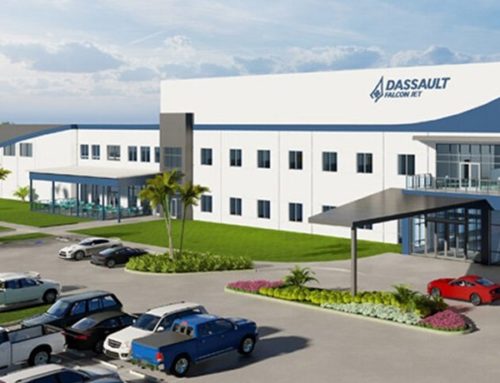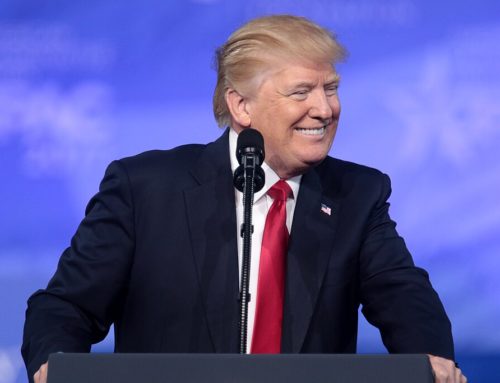1. Shifting Tides: Navigating the Interplay of Geopolitics in Global Trade
In an increasingly interconnected world, the dynamics of global trade are constantly evolving. McKinsey’s insightful article, “Geopolitics and the geometry of global trade,” provides a comprehensive analysis of these changes. The article explores how geopolitical distance impacts global goods trade, with a particular focus on globally concentrated products. It highlights the shifting trade patterns of major economies like China, Germany, the UK, and the US, and emerging economies like those in the Association of Southeast Asian Nations, Brazil, and India. The article also delves into the surge of greenfield investment flowing to developing economies, particularly in Africa and India. With a forward-looking perspective, it discusses the future trade-offs and strategies businesses need to adopt to navigate this uncertain landscape. The article is a must-read for anyone seeking to understand the complex interplay between geopolitics and global trade.
Here are some key points from the article:
– Trade between geopolitically distant economies accounts for nearly 20 percent of global goods trade but close to 40 percent of trade in globally concentrated products.
– Since 2017, China, Germany, the UK, and the US have reduced the geopolitical distance of their trade by 4 to 10 percent each.
– Economies of the Association of Southeast Asian Nations, Brazil, and India are trading more both across the geopolitical spectrum and over longer distances.
– Roughly 60 percent of greenfield investment has flowed to developing economies since 2010, with the largest leaps in the past two years in Africa and India.
– The future of global trade will involve trade-offs—reducing geopolitical distance comes with increasing trade concentration, and vice versa.
– Businesses need to position their organisations for uncertainty. This positioning can involve cultivating an insights edge, anticipating and adapting with scenario planning, developing a portfolio of strategic actions, and building geopolitical muscle.
– In 2023, Mexico became the United States’ largest goods trade partner. Vietnam’s trade with China and the US has been surging.
– Use of terms such as “decoupling,” “derisking,” “reshoring,” “nearshoring,” and “friendshoring” in corporate presentations increased more than 20-fold between 2018 and 2022.
-
Taiwan’s FDI Landscape Under the Leadership of New President Lai Ching-te
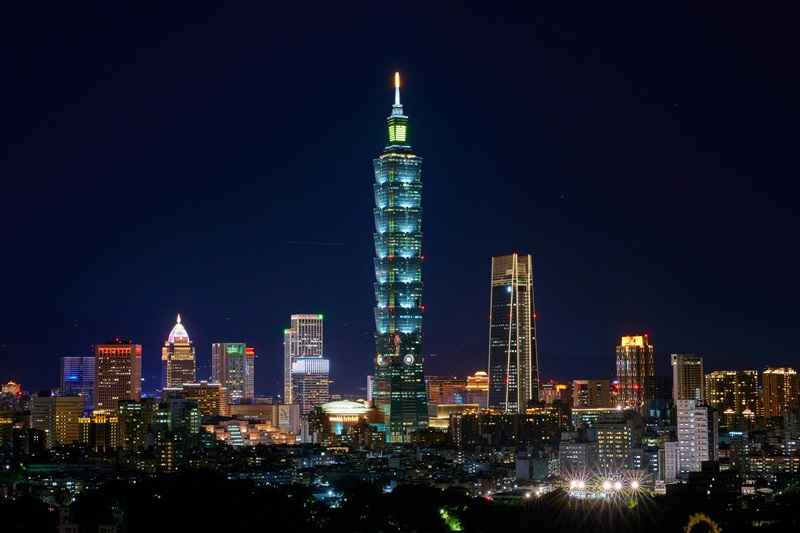
Timo Volz via Pexels
Taiwan, an economic powerhouse in East Asia, has been witnessing significant changes in its Foreign Direct Investment (FDI) landscape. The recent election of President Lai Ching-te has brought a renewed focus on Taiwan’s economic policies and its relationship with global investors. This article explores the current state of FDI in Taiwan and the potential impact of the new presidential leadership.
Taiwan’s FDI has been on a steady rise over the past decade. In 2022, FDI inflows to Taiwan were estimated to reach around 10.2 billion U.S. dollars, indicating an increase from 5.4 billion U.S. dollars in the previous year. This growth can be attributed to Taiwan’s robust economy, strategic location, and favorable business environment.
The recent election of President Lai Ching-te marks a new era for Taiwan’s economic policies. Known for his pragmatic approach towards Taiwan’s independence, Lai Ching-te has held almost every top political post in Taiwan. His leadership is expected to bring about significant changes in Taiwan’s FDI landscape.
President Lai’s administration is likely to continue fostering a favorable environment for foreign investors. His commitment to defending Taiwan’s democratic way of life and his stance on maintaining friendly relations with China are expected to provide stability and predictability for foreign investors.
However, the new administration also faces challenges. The geopolitical tensions between Taiwan and China could impact investor sentiment. Furthermore, domestic issues such as wage growth and housing affordability are also critical factors that the new administration needs to address to maintain investor confidence.
Under the leadership of President Lai Ching-te, Taiwan’s FDI landscape is poised for interesting times. While the increase in FDI inflows signals investor confidence, the new administration’s policies will play a crucial role in shaping the future of FDI in Taiwan. As Taiwan continues to navigate its complex geopolitical and economic landscape, the world will be watching closely.
-
Revitalising Tuscany: The New Green Steel Investment

Josh Hild via Pexels
Tuscany, a region known for its rich history and breathtaking landscapes, is now set to become a hub for green steel production. Metinvest, Ukraine’s largest steel producer, has signed a memorandum of understanding (MoU) with the Italian government and local authorities to develop a new €2.2 billion steel complex in the area.
The city of Piombino, which has been a steel ‘monoculture’ since the late 19th century, is poised for an unexpected comeback. The new facility, which promises to deliver jobs with much less contaminating emissions than in the past, is expected to create 1700 new direct and indirect jobs. This investment forms a much-needed shot in the arm for the local industry and represents a paradigm shift in the region’s industrial landscape.
Metinvest’s decision to invest in Tuscany comes at a time when its main assets have been crippled by the war in Ukraine. The new facility in Piombino, with a capacity of three million tonnes, will help Metinvest make up for some of the lost production in Ukraine.
The project is seen as a key player in Italy’s green transition. The electric furnace envisioned by Metinvest promises to deliver its jobs dividend with much fewer contaminating emissions than were seen in the past. This aligns with the global push towards sustainable and environmentally friendly industrial practices.
The new green steel investment in Tuscany marks a significant milestone in the region’s industrial history. It not only promises economic revitalisation but also underscores the importance of sustainable practices in the steel industry. As the project moves forward, it will be interesting to see how it shapes the future of Tuscany and the steel industry at large.
-
World Investment Conference 2023: A Global Confluence in New Delhi
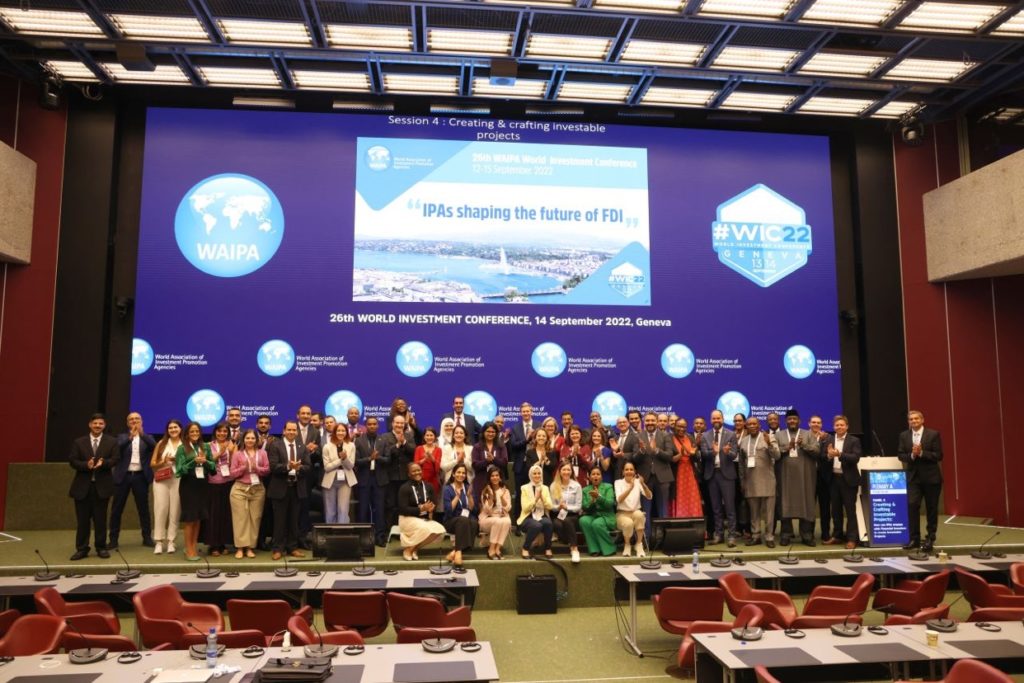
Credit World Association of Investment Promotion Agencies
The World Investment Conference (WIC), an annual flagship event hosted by the World Association of Investment Promotion Agencies (WAIPA), is set to take place in New Delhi, India, from December 11-14, 2023. This conference serves as a global platform for investment promotion and innovation stakeholders, including Investment Promotion Agencies (IPAs), international organisations, academia, and the private sector.
The WIC is a forum where IPAs convene to address current economic and social issues that may affect global investment flows and other strategic and policy considerations. The conference includes formal panel presentations, ample networking opportunities, and social events for the members. Past panellists include global and business leaders, along with other influencers like economists and members of academia.
The 27th WIC will focus on key areas, including digital Foreign Direct Investment (FDI), impact FDI, and creating investable projects. It will feature capacity-building workshops, knowledge transfer sessions, Government-to-Government connections, and a platform for organisations looking to expand in specific regions.
The conference will provide a dynamic platform where investors and IPAs come together for meaningful discussions. These interactions will foster dialogues, cultivate business relationships, and explore opportunities, reinforcing the symbiotic relationship between investors and IPAs.
The conference is expected to be the largest WIC ever, with over 1000 attendees, 50 Investment Promotion Agencies, and various multilateral agencies expected to attend. The conference will also host the WAIPA Steering Committee elections for the term 2023-2025.
-
BYD’s Strategic Move: A New Electric Vehicle Plant in Indonesia

Image BYD Dolphin at IAA 2023 by Alexander-93 Available from https://commons.wikimedia.org/wiki/File:BYD_Dolphin_IAA_2023_1X7A0367.jpg
BYD, the world’s largest EV maker, has announced plans to set up a production facility in Indonesia. The Chinese carmaker plans to invest USD 1.3 billion for the purpose of locally assembling its EVs in the country. The new manufacturing plant will have a capacity of 150,000 units.
The development is part of BYD’s long-term commitment to fostering the EV ecosystem development in Indonesia. This investment is expected to strengthen the era of electric vehicles in the region. The company has not yet disclosed where the facility would be built or when construction would start.
This move comes at a time when BYD’s main assets have been crippled by the war in Ukraine. The new facility in Indonesia will help BYD make up for some of the lost production in Ukraine. The Indonesian outfit will be led by Eagle Zhao, who is also the Managing Director for BYD Malaysia.
Indonesia has made significant advances in attracting investments from major EV carmakers, thanks to the country’s various incentives for domestic EV manufacturers, and its rich nickel and cobalt reserves – both key raw materials for EV batteries. This new investment by BYD is expected to further boost the EV industry in the region.
-
Revitalising Lagos: The New Gas Distribution Project in the Free Trade Zone
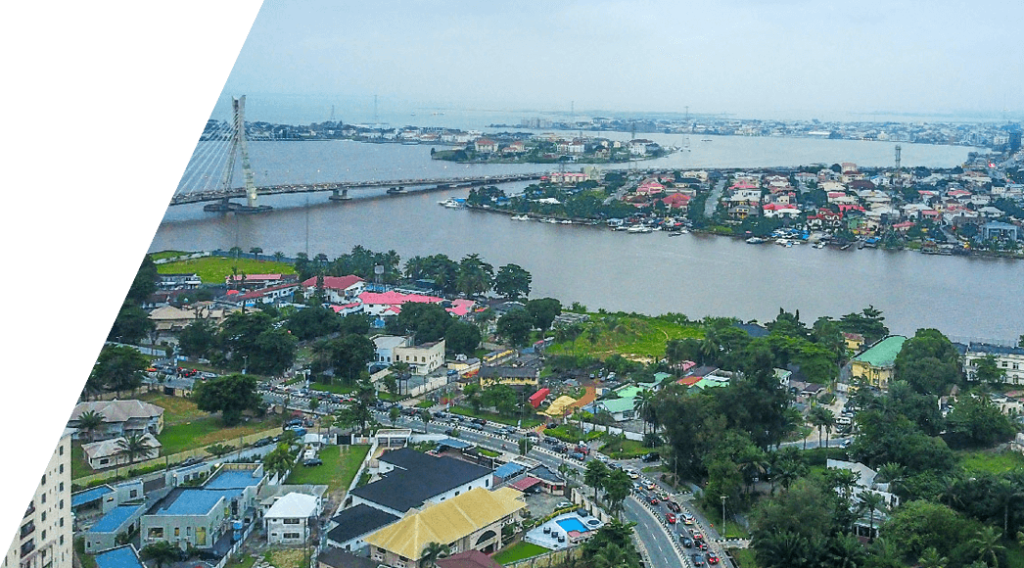
Image Lagos Freezone
The bustling Lagos Free Trade Zone (LFTZ) has recently attracted a multi-million-dollar gas distribution project. This infrastructure, initiated by Optimera Energy, aims to provide 25 million standard cubic feet per day (mmscuf/d) of natural gas to companies within the zone. The project, set for completion and inauguration by the last quarter of 2024, seeks to address the energy access challenge and high operating costs in the LFZ.
Optimera Energy had previously entered into a 20-year gas infrastructure development agreement with the Lagos Free Zone Company. This agreement outlines plans to expand gas distribution within the zone from 25mmscf/d to 40mmscuf/d and eventually to 100mmscuf/d, following a phased development approach.
The infrastructure is comprised of a 25MMScf/D City Gate Station, scalable to 100MMScf/D. It also includes necessary ancillary infrastructure which consists of a 10km distribution line within the zone as well as a 6.5km x 10 inches gas pipeline from the Escravos – Lagos Pipeline System tie-in point in the Lekki corridor outside the zone to Optimera City Gate Station at the Lagos Free zone.
This project is not just about pipes and stations, but about powering communities, industries, and dreams. It aims to enhance energy reliability and affordability for companies operating within the Lagos Free Zone through the use of local gas supplies.
The new gas distribution project in the Lagos Free Trade Zone marks a significant milestone in the region’s industrial history. It not only promises economic revitalization but also underscores the importance of sustainable practices in the gas industry. As the project moves forward, it will be interesting to see how it shapes the future of the Lagos Free Trade Zone and the gas industry at large.
-
Africa’s Free Trade Regime in 2024: A Leap Towards Continental Integration
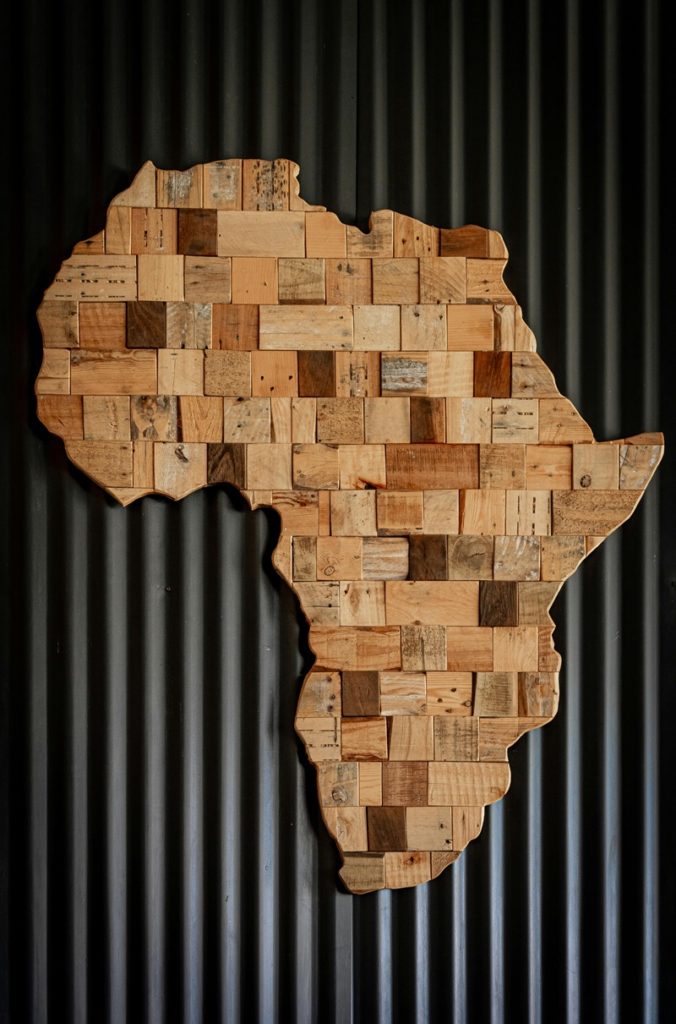
Magda Ehlers via Pexels
The African Continental Free Trade Area (AfCFTA), a landmark agreement aimed at creating a single market for goods and services in Africa, has made significant strides in 2024. This article explores the progress of AfCFTA and its implications for Africa’s economic landscape.
In 2024, the AfCFTA has extended its free-trade regime to 31 countries. This expansion represents a significant increase from the seven countries that participated in a pilot of trading under the rules of the AfCFTA in 2023. The guided trading initiative applies the preferential rules of the AfCFTA for trade.
The expansion of the AfCFTA is accompanied by the introduction of a pan-African payments and settlement system. This system uses local currencies to overcome the continent’s foreign-exchange shortages and convertibility limitations. It is expected to save about $5 billion a year, which could be reinvested into the economies.
The AfCFTA has a potential market of 1.3 billion people with a combined gross domestic product of $3.4 trillion. The World Bank forecasts that the accord will increase trade within the region by 80% to $532 billion by 2035. This growth is expected to be partly driven by improved technology-driven efficiency.
Despite these promising developments, challenges remain. Conflict, extreme poverty, and environmental degradation in some regions continue to hamper Africa’s opportunities for growth. Addressing these challenges is crucial for the successful implementation of the AfCFTA.
The progress of Africa’s free trade regime in 2024 signifies a major step towards continental integration. While challenges persist, the expansion of the AfCFTA and the introduction of a pan-African payments and settlement system are promising developments. As Africa continues to navigate its complex geopolitical and economic landscape, the AfCFTA offers a beacon of hope for a more integrated and prosperous continent.
-
Canada Challenges U.S. Softwood Lumber Tariffs Under New Free Trade Deal
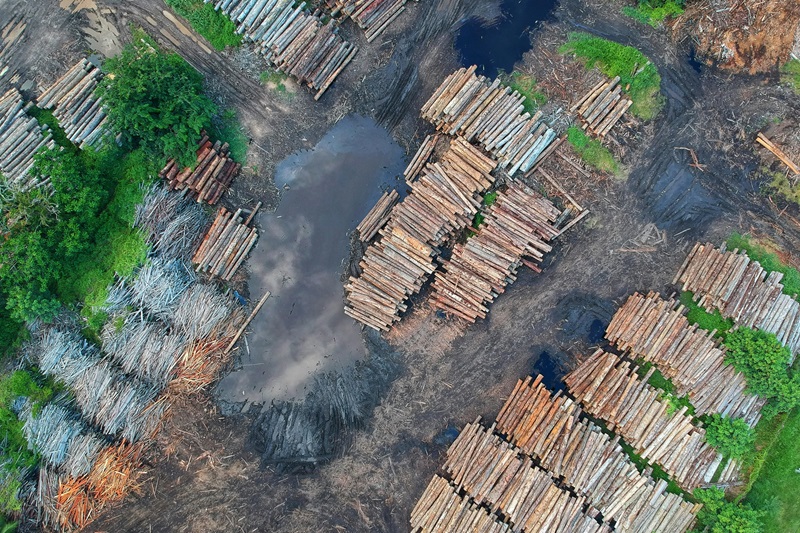
Image Pok Rie via Pexels
The longstanding dispute between Canada and the United States over softwood lumber tariffs has taken a new turn. The U.S. decision to uphold tariffs on Canadian softwood lumber has been met with disappointment and challenge from Canada. This article explores Canada’s stance on this issue and its relevance to the new free trade deal.
In response to the U.S. decision to maintain duties on Canadian softwood lumber, Canada has filed a notice of intent to challenge the decision under Chapter 10 of the Canada-United States-Mexico Agreement (CUSMA). Canada’s Trade Minister Mary Ng expressed disappointment at the U.S.’s decision to continue imposing “unwarranted and unjust duties” on Canadian softwood lumber products.
The U.S. Department of Commerce announced in November that it would be imposing an average duty of 17.9 per cent on softwood lumber imported from Canada, which is twice the previous 8.99 per cent rate. This decision has been criticised by Canada as it increases housing costs and hurts the Canadian softwood lumber industry.
Canada has long rejected U.S. allegations that Canadian lumber producers dump their product into the U.S. at a lower price than American lumber companies can because they are subsidised. Various trade tribunals on the matter have decided in Canada’s favour.
The new free trade deal, CUSMA, allows for one of the three countries to request a binational trade panel to rule on a trade dispute, rather than turning to international bodies like the World Trade Organization (WTO). This is the second time Canada has invoked Chapter 10 of CUSMA.
The U.S. decision to uphold tariffs on Canadian softwood lumber has sparked a new chapter in the longstanding trade dispute between the two countries. Canada’s decision to challenge the U.S. under the new free trade deal signifies its commitment to defending its softwood lumber industry. As the dispute unfolds, it will be crucial to see how the new free trade deal shapes the resolution of this issue.
Featured image Julius Silver via Pexels

